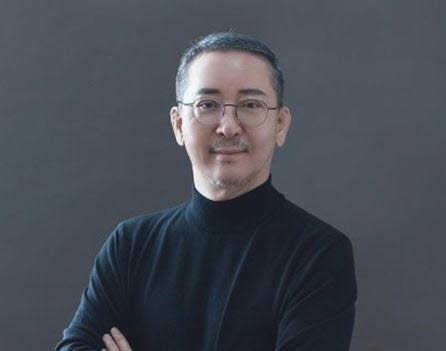LG Energy Solution will invest KRW 730 billion in its Ochang plant in South Korea to build and expand the production line for next-generation cylindrical batteries. This investment includes mass-production facilities and production of the ‘4680’ cylindrical battery, Tesla’s main battery. LG Energy Solution will gain a core competence for customer diversification by equipping the existing pouch and small cylindrical batteries (standard 21700), followed by cylindrical medium-large batteries (standard 4680).

LG Energy Solution announced on the 13th that it would establish a new production line for ‘4680 cylindrical medium and large batteries’ at Ochang Plant 1 and expand the production line for ‘2170 cylindrical batteries’ at Ochang Plant 1. Both locations will begin mass production in the second half of next year. KRW 580 billion will be invested in the second plant to build 9GWh annual mass-production facilities. KRW 150 billion will be invested in the first plant to expand a 4GWh-scale cylindrical line.
Through this investment, the company will be able to secure overwhelming market competitiveness in the small cylindrical and medium and large fields as well as pouches. The construction of the 4680-battery plant can be interpreted as a confirmation of battery supply to Tesla. This interpretation is based on the fact that battery manufacturers generally construct factories after securing a supply agreement with customers.
The 4680 battery is a cylindrical battery with a diameter of 46 mm and a length of 80 mm, which consists of an improved capacity by 5 times and output 6 times compared to the existing 2170 battery (21 mm diameter, 70 mm length). The improved energy density improves the driving range of electric vehicles by 16%, and the number of batteries installed in electric vehicles is reduced, making system management easier. Battery productivity is also greatly improved. For this reason, the 4680 is being evaluated as a potential product that will become a ‘game changer’ in the battery and automobile industry.
The industry predicts that NCMA/NCM high-nickel batteries, which contain more than 60% of nickel in the cathode material, will emerge as the mainstream in the future cylindrical mid-to-large battery market to be replaced by 4680. LG Energy Solution is rapidly responding to the high nickel sector by mass-producing NCMA batteries before any other companies in the second half of last year. By applying this to a cylindrical form factor, it is expected to be advantageous not only in material competitiveness but also in securing price competitiveness through productivity improvement.
In addition, with this investment, LG Energy Solution will be able to further strengthen partnerships with global automakers that adopt cylindrical batteries and continuously expand its market dominance not only in the existing pouch but also in the cylindrical market.
In fact, unlike other battery competitors, the company has the largest number of finished vehicle customers, including Tesla, Hyundai Motor Company, Volkswagen, GM, Renault, Volvo, and Stellantis.
As of the end of the first quarter of this year, the order backlog alone reached KRW 300 trillion. In addition, the Japanese competitor Panasonic, which mainly produces cylindrical batteries, is highly dependent on specific companies, and CATL in China mainly produces lithium iron phosphate (LFP) batteries with low energy density. Even though CATL just announced its entry into the cylindrical battery industry, it is expected to take a long time to establish market competitiveness due to its lack of technology and mass production expertise compared to LG Energy Solution and Panasonic.

LG Energy Solution CEO Young-soo Kwon stated, “The decision was made to increase supply responsiveness to the continuously growing interest in cylindrical batteries among global automakers.” He added, “With a diversified product portfolio such as pouch and cylinder types, we will respond to customer needs in a timely manner and increase customer value.”
By Staff Reporter Tae-jun Park gaius@etnews.com
